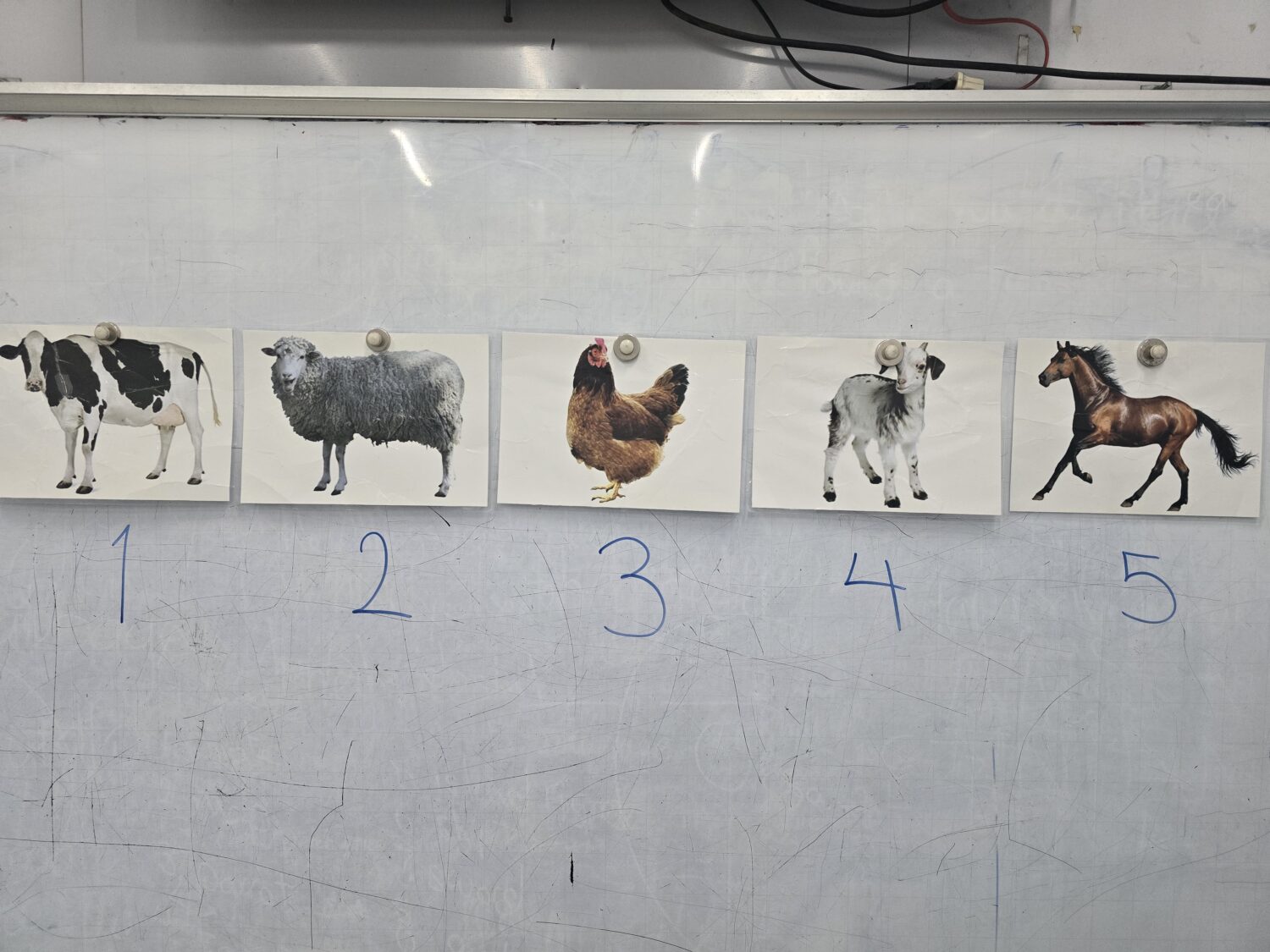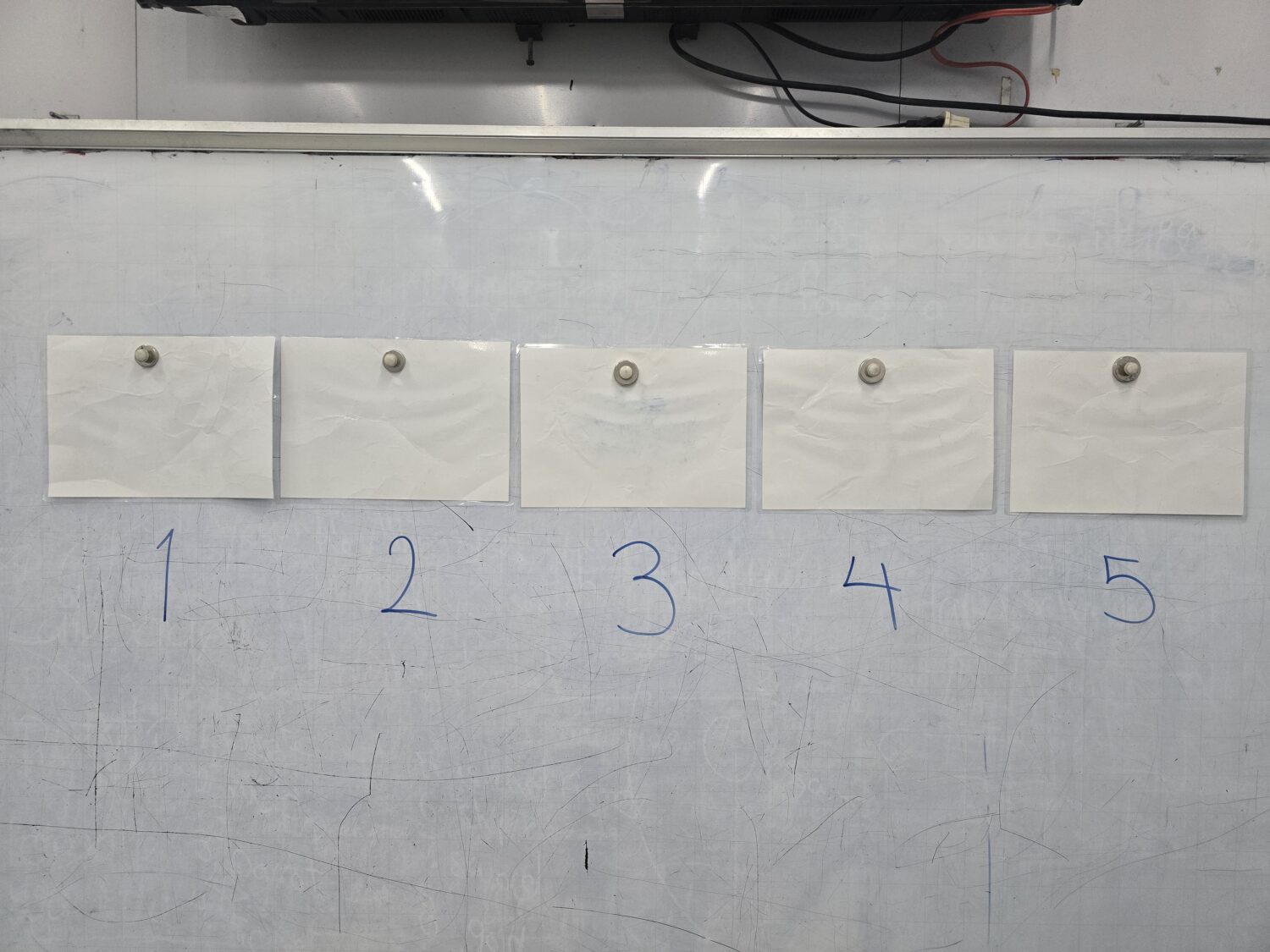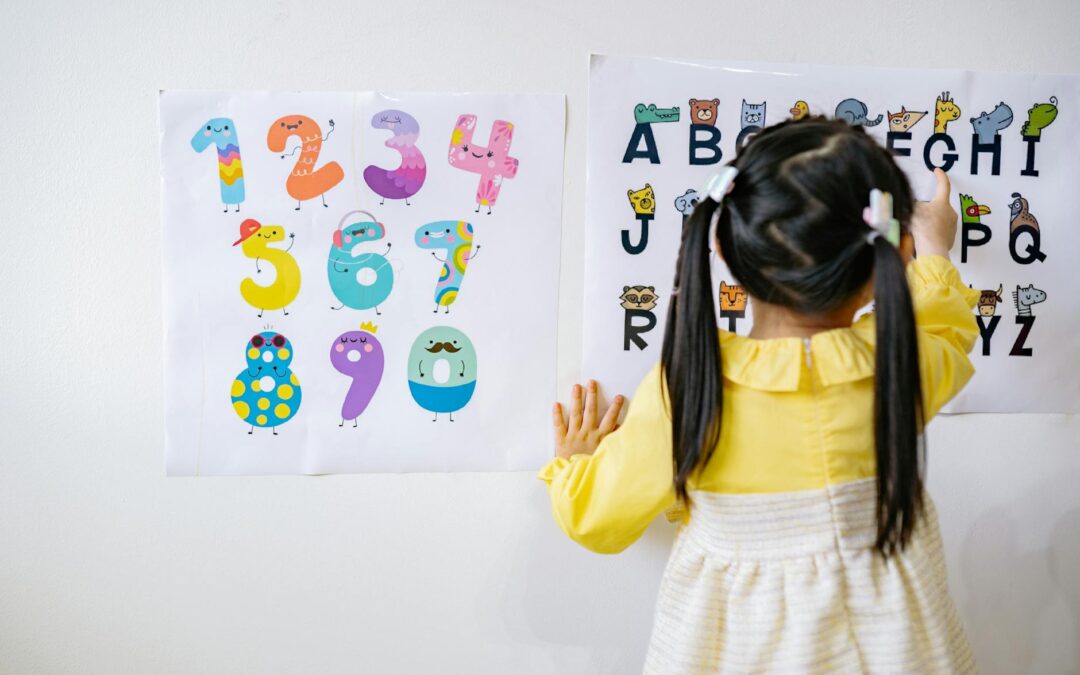For the first issue of TEYLT in 2024, I wrote an article sharing my thoughts on some significant factors in playing games concerning very young learners’ classes. In this blog post, I am going to attempt to outline 5 language-related favorite games of mine with this age group and concisely explain why I find them particularly useful.
I have divided the games into two sections: procedure and benefits. What I have excluded from all procedures though is giving instructions, which must be always clear, tiered, and demonstrated before the game is run. If we can speak our learners’ L1 (first language), or have the privilege of a TA (teaching assistant) where we do not speak learners’ L1, instructions may be translated into learners’ L1 since their misinterpretation will likely thwart everyone’s efforts to play the game.
About the games
As a staunch supporter of holistic education (development of the whole learner), I firmly believe that games should cater to a variety of purposes at this tender age such as gross motor skills, fine motor skills, cognition-based activities, and collaborative tasks. Therefore, I have selected the games which encompass as many of the above-mentioned features as possible, albeit in varying degrees.
Put simply, gross motor skills involve larger muscle groups relevant to movements such as crawling, walking, or jumping. Fine motor skills, on the other hand, engage smaller muscle groups, especially those in the hands, to enable young learners to do more delicate tasks such as placing objects in the right place, drawing a shape, or tracing a line (Cava et al, 2022). Cognition-based activities, as the name suggests, include thinking skills and collaborative tasks require a type of teamwork.
Game #1: Run and draw
Procedure
- Teacher draws a shape, number, letter, etc. on his/her notebook or mini-whiteboard.
- Teacher divides the class into two teams.
- Teacher selects one student from each group, these could be volunteers for larger classes or students in turns for smaller ones, to run to the teacher’s desk and look at the shape/number/letter.
- The two students have to air-draw the shape for their group.
- The first group that says the word gets 2 points and the other 1.
Benefits
This game employs all the four features discussed above. It involves gross and fine motor skills for the group representatives where they have to run to the teacher’s desk and quickly air-draw the content. It requires careful cognition on the part of other learners since they have to watch their teammates intently, corresponding to the air-drawn shape. Collaboration abounds throughout the game, too. Another advantage of this game is adaptability. For younger classes (2-year-olds), this could be a shape (circle) or a letter. For older ones (5-year-olds), this could be a target vocabulary (for example kite).
Game #2: Listen and color
Procedure
- Teacher puts students into pairs.
- Teacher gives one student a set of crayons and the other a coloring worksheet related to the target language (this could be the students’ activity book as well).
- Teacher names an object in the worksheet once and matter-of-factly (this is to encourage attentive listening) along with a color at the end. For example: The lion is red.
- Student with the crayons hands the right color to their partner and the other student has to color the right object.
- Students take it in turns.
Benefits
Once again, this game includes all the criteria except for the gross motor skills. It can be modified to add or reduce a level of challenge to our classes by having more or fewer objects as well as colors in the game. Rewarding students, however, must be dealt with thoughtfully so that everyone feels a sense of achievement. The inclusive nature of the game and explicit promotion of learner autonomy are the two other aspects I love about it.
Game #3: Same or different

Procedure
- Teacher clarifies the meaning of the words ‘same’ and ‘different’ through simple pictures (see figure 1).
- Teacher walks around the class and gives each student a label (target vocabulary) verbally.
- Teacher teaches the language, ‘What are you?’, ‘I’m … ‘ to students and demonstrates it.
- Teacher alternately instructs students to find the same or different pair.
- Students with the same or different labels run and find each other.
- Teacher asks paired students what they are; for example:
T: What are you?
SS (same): blue/blue, lion/lion, circle/circle
SS (different): blue/green, lion/monkey, circle, square
Benefits
This game involves all the features but lacks fine motor skills. The game may be altered in difficulty by the addition of a time limit dependent on our learners. Another strategy to adjust the challenge may be the frequency of similar labels. The mingling activity needs learners to use the functional language taught earlier and produce the target language as well. One shortcoming though could be that its application for smaller classes with only a handful of learners may be practically infeasible or mundane.
Game #4: Remember and tell


Procedure
- Teacher divides the class into pairs.
- One student faces the board and the other opposite from it (students are sat back-to-back).
- Teacher places some flashcards on the board and numbers each underneath (see figure 2).
- Students facing the board have to remember the words.
- Teacher turns the flashcards to the other side where only numbers may be seen (see figure 3).
- Teacher shouts out a word and students facing the board have to say the number to their partner.
- The other student runs to the board and touches/slaps the correct number.
- Students take this in turns later.
Benefits
As seen, this game requires little preparation and contains all the four features. Teachers may place more or fewer flashcards on the board to modify the difficulty level. An outstanding characteristic of this game is its seamless incorporation of practice between memory and language, which can essentially help very young learners develop their memory skills (Puchta & Elliott, 2017) and sustain language.
Game #5: Listen and do
Procedure
- Teacher puts some flashcards on the right side of the board and some on the left.
- Teacher puts learners into pairs.
- Learners stand up and hold hands.
- Teacher faces the learners (not looking or pointing at the words) and says one word.
- If learners hear a word from the right side, they jump and if they hear a word from the left, they sit.
Benefits
This game is easy to organize and fosters all the features above except for fine motor skills. For younger learners, the teacher may put fewer flashcards on the board, and for stronger classes, teachers can gradually remove the flashcards where students have to remember where they were initially positioned.
Conclusion
Games and (very) young learners’ classes are inseparably bound. They can teach and practice the language in a fun fashion and enjoyable environment. That said, the best games are not necessarily those which are the most popular! The best games, to me, are the ones which involve all learners, require little preparation, and have a clear aim.
References
Cava, P., Coffey, T., Perno, N. (2022, December 20). Children’s developmental milestones: gross and fine motor skills. Retrieved April 16, 2024 from https://www.lifespan.org/lifespan-living/childrens-developmental-milestones-gross-and-fine-motor-skills.
Puchta, H., and Elliott, K. (2017). Activities for very young learners. Cambridge Handbooks for Language Teachers.


